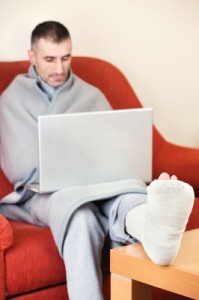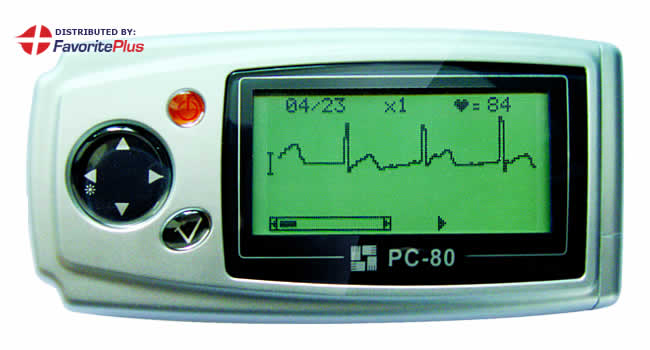 Our healthcare system is increasingly emphasizing the significance of at-home medical care by allowing patients to use assistive medical technology in their homes, giving them more control with the treatment of their medical condition and the management of pain. With at-home medical care products, patients could relieve their symptoms anytime and anywhere they need it.
Our healthcare system is increasingly emphasizing the significance of at-home medical care by allowing patients to use assistive medical technology in their homes, giving them more control with the treatment of their medical condition and the management of pain. With at-home medical care products, patients could relieve their symptoms anytime and anywhere they need it.
Bedridden, disabled, elderly, or terminally ill patients who may have concerns about traveling to medical appointments could find home treatments beneficial. Being able to care for ones’ self could save you from going to the doctor; and in certain cases, may eliminate the necessity for a live-in aide or nurse. In general, at-home medical care greatly reduces your expenses, making life more pleasant especially if you are already dealing with persistent pain or medical ailments.
For patients who have just undergone surgical procedure or intensive care treatments, recuperating at home could help speed up the healing process. Treatments may be customized by a healthcare provider with the assistance of at-home medical products, offering people more independence, at the same time, making them participate more in the supervision of their own health and improvement.
What Makes an At-Home Medical Care Product Useful?
An at-home medical product’s efficacy is very important, but it is not the only thing that matters for it to be considered useful. At-home products ought to be:
Adaptable
A product has to take up little space, require minimal maintenance, or be user-friendly. If an at-home medical care product can be described as such, then its practicality is increased. The purpose of an at-home medical product is to improve the patient’s life by making treatment easier.
Data Transmission
The electronic medical record (EMR) is continually penetrating contemporary healthcare. It is serious about the information attained by at-home medical devices to be freely obtainable for the EMR. Examples of at-home devices that need good data transmission are home blood pressure monitors and handheld ECG monitors.
Spontaneous
A well-made at-home medical device could be used by anyone, regardless of the person’s intellect and skill. The at-home device should work with just a press of the button.
Safe
At-home products should not harm a patient even when used the wrong way. Most patients would not always use a certain product correctly. It could be that they did not read or did not understand the user manual, or they are simply not following directions. For it to be considered safe, an at-home medical care product’s likelihood of hurting the patient must be small or absent.
What Do Consumers Want?
An at-home medical product should have a great possibility of significantly improving a patient’s quality of life. For a person to spend on a product for home use, it should be effective, useful, and conceivably life-changing for the consumer. At-home treatment choices will appear more interesting if they also let the patient obtain treatment while doing other activities like sleeping, walking, or working. This intensifies the handiness and significance of the product, making it a unified part of the user’s life.

